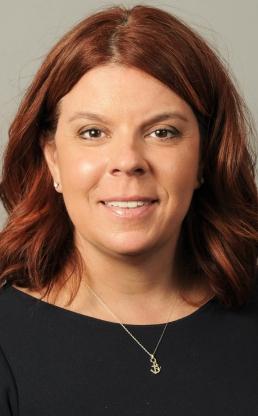
Mary Vaccaro
VP for Education
As we look ahead to September, when students and educators will be back together in school buildings, one thing is clear: We need to focus as strongly on social-emotional wellness as on academics.
That dual focus goes for educators as much as for students. The pandemic has been grueling for everyone. While educators aim to work with strength, passion and resilience, we must be mindful that students can’t learn and educators can’t teach to their best ability when they are anxious, stressed or depressed.
The Positive Learning Collaborative (PLC), a UFT-Department of Education partnership, and the union’s Member Assistance Program (MAP) have always focused on social-emotional wellness. These programs are here for you, and they have ramped up their offerings throughout the pandemic.
“This year has been an emotional rollercoaster for a lot of people,” said Marcia Aristil, a social worker at PS/IS 184, a UFT United Community School in Brownsville, Brooklyn. Aristil has worked with MAP to help colleagues throughout the city with short-term counseling. “There’s a lot of sadness around what students are going through — the grief, the stress of remote learning. It’s been a whirlwind,” she said.
While educators are helping their students cope with grief, including the trauma of seeing videos of Blacks and Latinos lose their lives because of injustice, they are also navigating their own losses and domestic issues, Aristil said. “They’re home more, with partners and children, so there’s more conflict in marriages and relationships.”
Jeanine Careccia, a 3rd-grade teacher and chapter leader at PS 162 in Bayside, Queens, gained insights from the PLC’s webinar, From Trauma-Awareness to Healing Centered Classrooms. This spring, about 45,000 UFT members participated in the two-hour webinar, part of the UFT’s five-point recovery plan. “We can get through this time, but we need to have the tools,” Careccia said. “Everyone is trying to reach out, share their knowledge and work together, because the emotional needs are so deep right now.”
Teachers can help students learn to understand and cope with their emotions, she said. In small-group workshops, students can gain an understanding that they’re not alone, and there may be someone other than their parents that “they can connect with and turn to for advice about what they’re experiencing,” she said.
While elementary grades often concentrate on the whole child, it’s equally important in middle and upper grades. “High school students are so close to being independent and on their own, they need more support and guidance. And middle school students have the hormonal piece and adjusting to the social-emotional changes of that,” Careccia said.
Karen Lall, a teacher in a 2nd-grade Integrated Co-Teaching class at PS 214 in East New York, Brooklyn, found PLC resources useful, including its sensory tools project that suggested putting on soft music and changing classroom lighting so it’s not so harsh. “The physical space can have a big impact,” Lall said.
Lall made herself available whenever students needed to talk, and she validated their feelings. “Many of our students experienced loss — parents, aunts, uncles, grandparents,” she said. “There was a lot of traumatic stress.”